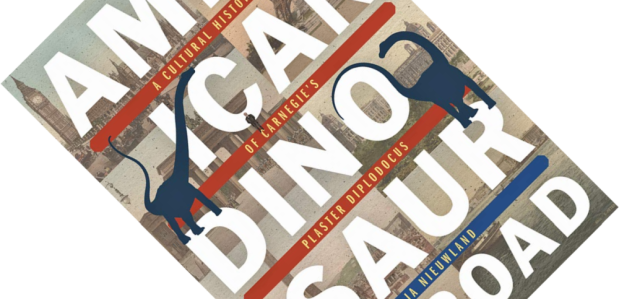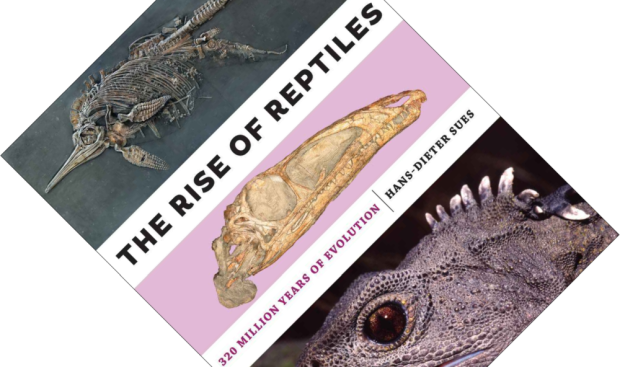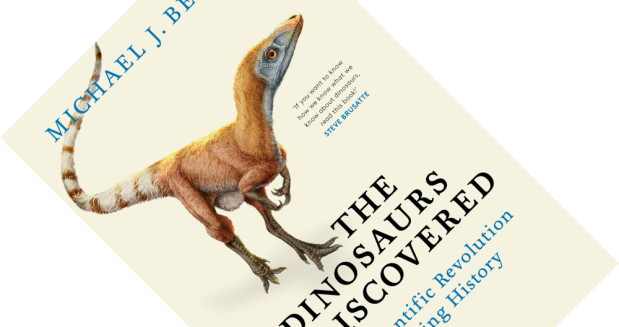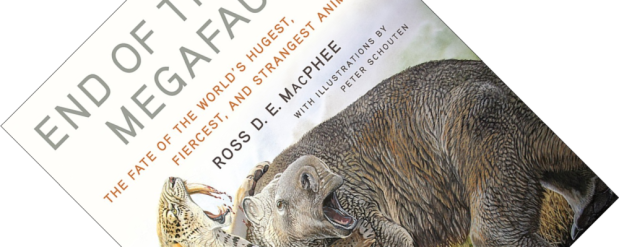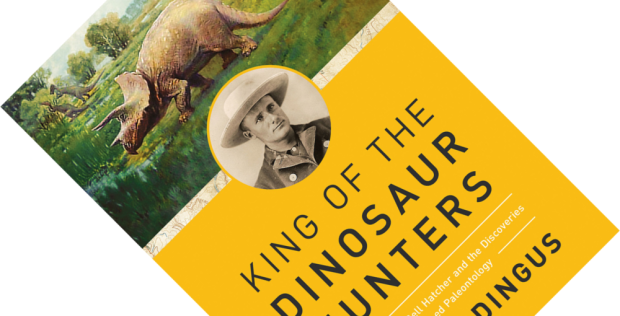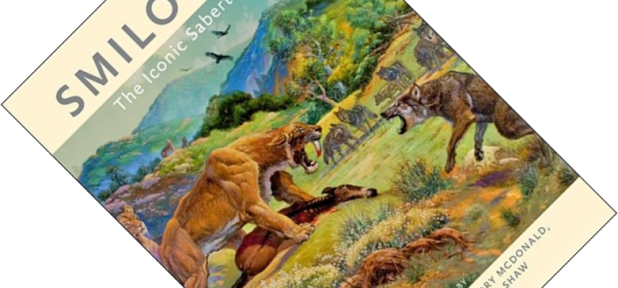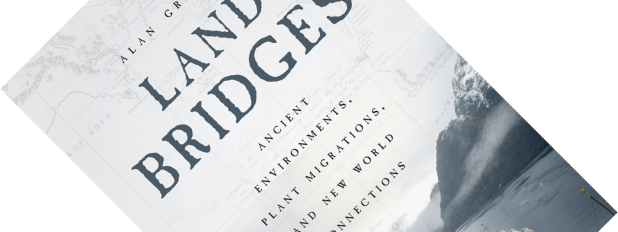7-minute read
If you visited the London Natural History Museum sometime before 2015 you will have been greeted by the skeleton of a sauropod dinosaur: a plaster cast of Diplodocus affectionately nicknamed Dippy. Dippy has left the building but is not the only such cast in existence. Historian Ilja Nieuwland here traces the little-known history of the philanthropic campaign that saw Scottish-born business magnate Andrew Carnegie donate plaster casts to museums around the world. Drawing on a wealth of archival material, he examines Carnegie’s reasons and the response of the recipients and the general audience, adding a valuable and surprisingly interesting chapter to the history of palaeontology as a discipline.

